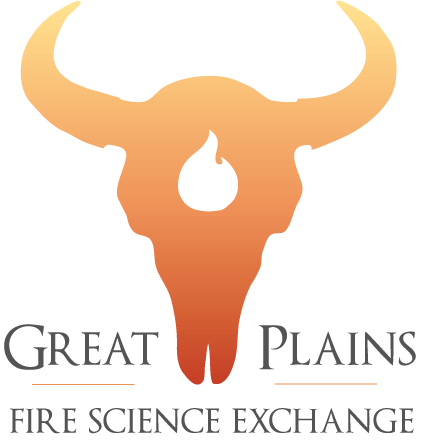Curriculum
Prescribed burning for range improvement has become a common practice during the past few years. This has been especially evident in Texas. Prescribed fire can accomplish many range improvement objectives with a single treatment. For example, one burn can control noxious brush, increase herbage yield, increase utilization, increase forage availability, improve wildlife habitat and control various disease.
Read MoreThis technical reference applies to monitoring situations involving a single plant species, such as an indicator species, key species, or weed. It was initially developed for monitoring special status plants.
Read More(2011) Forest and range health, along with wildfire, currently dominate management decisions on public lands across much of the United States. Changing conditions on the ground, as well as government initiatives such as the National Fire Plan, the Healthy Forests Restoration Act, and the Cohesive Wildfire Management Strategy, are prompting agency personnel and the public to work together. Collaborating for Healthy Forests and Communities: Building Partnerships Among Diverse Interests showcases on-the-ground experiences of federal and state land managers, as well as community leaders, who are working together to overcome barriers, find agreement, and build partnerships.
media.oregonstate.edu/media//0_2g51lglc
Read MoreThis fact sheet covers the basics on prescribed fire (a.k..a planned burns) in grasslands.
Read MoreLearn about how urban and neighborhood planning can reduce wildfire risks.
Read MoreThe AFE’s position paper on carbon emissions and prescribed fire addresses grasslands in addition to woodland resources and the benefit of Rx fire.
Read MorePrescribed fire plans often address smoke and air quality concerns. Burn bosses plan for their preferred wind to avoid sensitive populations like schools and hospitals. Kansas smoke management recommendations provide decision support tools to help burners know what their contribution to air quality might be on a target spring day. Oklahoma recently instituted another tool to help burners avoid critical air quality levels. A new ozone burn ban was enacted in 2013. On days when ozone alters have been issued for the areas around Oklahoma City and Tulsa, open burning is prohibited. Luckily, most people probably won’t be too interested in burning during that kind of hot steamy weather pattern.
The Oklahoma Forestry Service maintains a web page listing current Oklahoma Burn Bans. For more on the Kansas smoke management efforts, watch our videos on Fire in the Flint Hills and visit the Kansas Flint Hills Smoke Management website to learn how some ignition techniques can reduce smoke output.
Read MoreRead about the work that Refugio-Goliad Prairie is doing to maintain ecosystems with fire in Texas.
Read MoreResearchers are hopeful about a soil fungus that has potential to control cheatgrass (Bromus tectorum). At the following website check out the list of papers describing research trials.
Read MoreA letter in Nature (“Rate of Tree Carbon Accumulation Increases Continuously with Tree Size”) contradicts the widely held belief that while large trees store carbon, they do not accumulate significant amounts. A story and podcast about this research also appear on the journal’s public website.
www.nature.com/news/tree-growth-never-slows-1.14536
Read More
